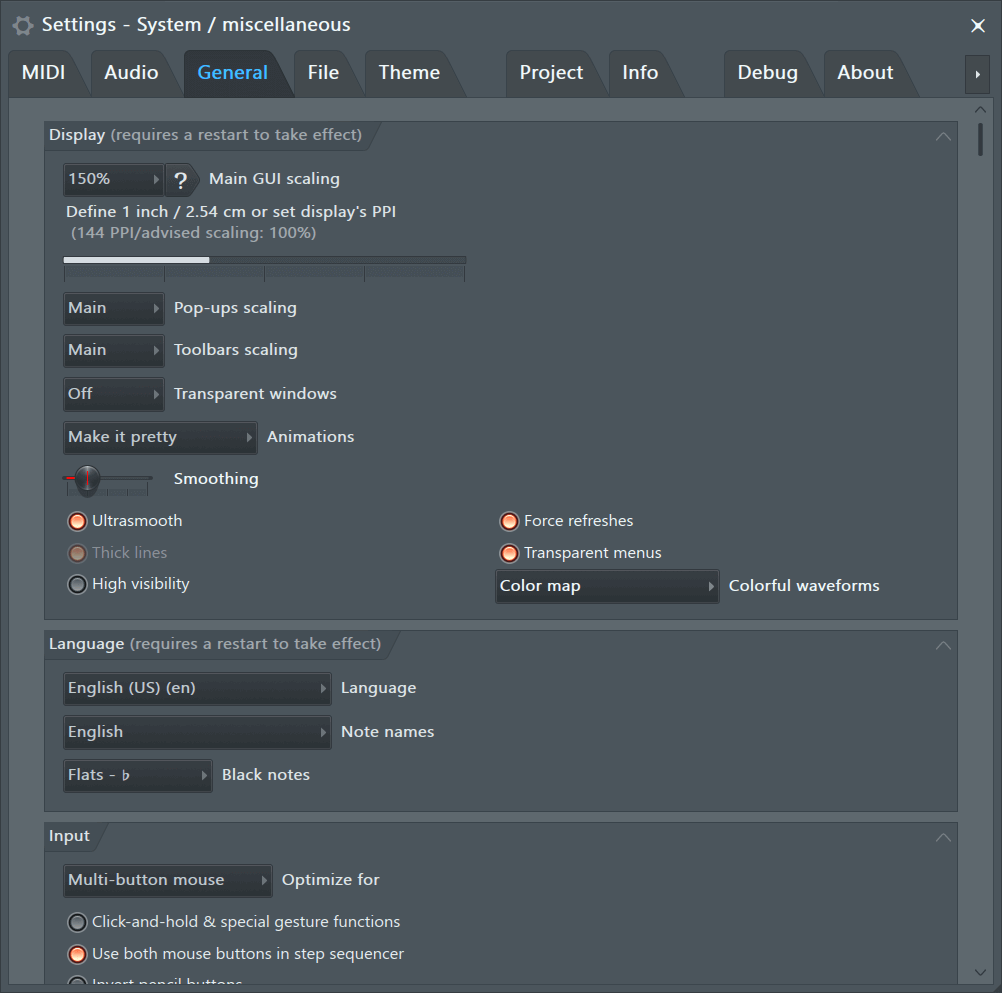

Now your VST plug-ins will show up in FL Studio. Go to Channels > Add one, and select More.

For the moment, they work on all Windows 64bits OS only and are. New Tauperature and Lemonade are updated to v1.1.

Click on the folder icon located beneath the VST plugins extra search folder and select the install location of your VST plug-ins. To download their 7 days trials and the FREE ones, go to PRODUCTS AND SERVICES page.A pop-up window will appear showing extra search folders for samples and plug-ins. In the menu bar, click on Options and select File Settings.Make sure the specified VST directory is scanned by Fruity Loops Studio at startup as explained below: It is recommended to define a fixed folder for all your VST files, especially if you are using different host applications. VST versions of the software can be installed in any location on your hard drive. Read this article to learn how to define the plug-in install locations for your product in Native Access. On a Windows computer, the VST versions of the software can be installed to any location on your hard drive. Note: Watch this video for more information about managing VST plug-ins on Windows computers. You will then be able to use your NI plug-ins within FL Studio. This article explains how to let FL Studio 11 (or earlier) scan the folder where your NI VST plug-ins are installed. # subdomains like "".In FL Studio, Native Instruments software can be inserted via the VST plug-in interface. # Alternatively you could only whitelist your Notice that they only set access-control-allow-origin for font and css files: # Allow access from all domains for webfonts. The solution in this case was to modify the .htaccess file in the root directory of my website by adding the following lines below. Origin ' ' is therefore not allowed access. If using Google Chrome and you right click > Inspect Element, you may see a similar error, as I did in my debug log: Font from origin ' ' has been blocked from loading by Cross-Origin Resource Sharing policy: No 'Access-Control-Allow-Origin' header is present on the requested resource. What this means for Font Awesome, is if you are using a CDN or separate subdomain to host your font files or Nginx/Apache servers, you will need to specify an Access-Control-Allow-Origin header to get the fonts to display properly. Cross-Origin Resource Sharing (CORS) allows your websites server to retrieve fonts and information from the server those fonts may be hosted on. Firefox and now Google Chrome have same-origin policy restrictions.


 0 kommentar(er)
0 kommentar(er)
